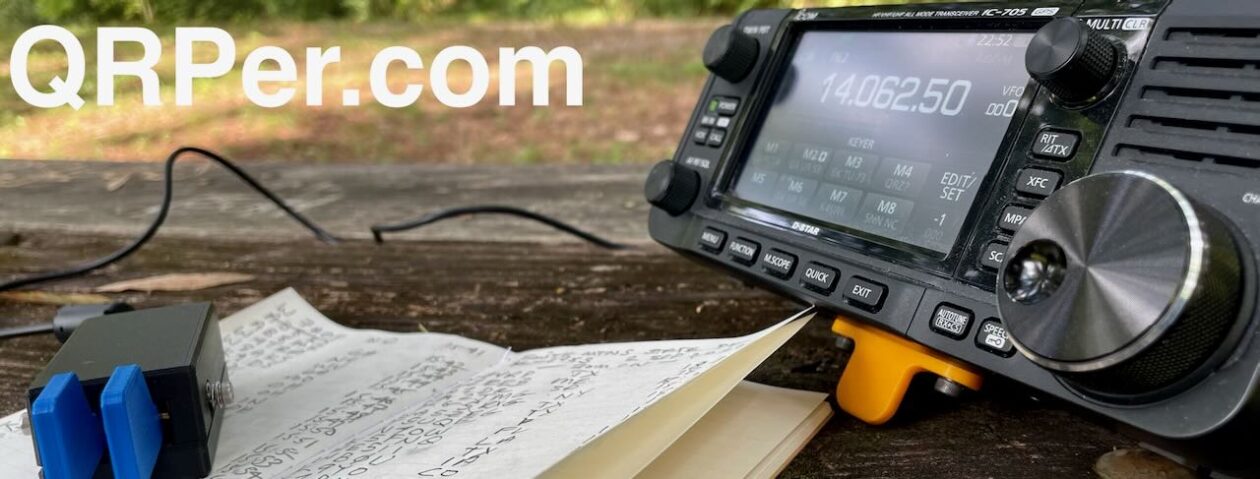I’ve taken a wide variety of antennas on SOTA (Summits On The Air) activations, but one wire antenna I’ve always wanted to deploy is a simple vertical delta loop.
This summer, I mentioned to my friend Joshua (N5FY) that I planned to build a delta loop antenna and next thing I know, he built one. I suppose he’d been thinking about adding it to his line of portable wire antennas at Tufteln.
I was planning to build a 20M delta loop fed with twin lead, but Joshua’s choice is better for multi-band operating. His 20M delta loop features a 4:1 transformer so it can be fed with 50 Ohm coax like my RG-316 (which is also easier to pack than twin lead).
You might recall that I used his 20M delta loop antenna at Holmes Educational State Forest (see photo above) in early September. It worked a charm and wasn’t too difficult to deploy (loops are obviously more finicky than a one wire end-fed).
The great thing about this loop is it’s resonant on 20 and 10 meters, and it’s quite easy to tune on 17, 15, and 12 meters with pretty much any ATU.
Fast-forward to Saturday, October 14, 2023 when Joshua and I were participating in the W4G SOTA campout in north Georgia…
Yonah Mountain (W4G/NG-048)
 It rained cats and dogs Friday evening into Saturday morning.
It rained cats and dogs Friday evening into Saturday morning.
Fortunately, most of the rain stopped by the time I surfaced that morning.
Joshua and I ate a quick breakfast, grabbed our SOTA backpacks, then drove to the Yonah Mountain parking area/trailhead.
Last year, we also activated Yonah Mountain as well, but underestimated the hike and our timing. We ended up being a good hour or so late to our SOTA evening potluck. This time, we were keen to spend more time on Yonah Mountain and get back to the campsite in plenty of time to join everyone for dinner (and share exaggerated stories about our SOTA adventures).
Last year, we arrived at the trailhead and it was parked full. This year, even though we arrived in the morning and even though it was incredibly foggy/misty, it was still quite full!
Yonah Mountain is an incredibly popular destination.
 Another fun fact about Yonah: it’s not really a beginner’s summit despite the fact it’s so popular with hikers and runners.
Another fun fact about Yonah: it’s not really a beginner’s summit despite the fact it’s so popular with hikers and runners.
It offers up proper elevation change, gnarly trail portions, steep inclines, and about four miles of trail round trip. Although not an incredibly long hike, it’ll give you more of a workout than you might think first blush.
We reached the summit in due time and set up our stations about 30 meters apart.
The whole time, I was also monitoring the partial solar eclipse we were having that day.
I brought along some solar eclipse glasses and ended up sharing them with everyone on the summit. It worried me seeing so many young people staring at the sun with only their sun glasses or even–gasp!–with the naked eye. (I mean, weren’t they paying attention in science class–?) 🙂
At one point in the activation during the actual peak of the partial solar eclipse, I left the radio and did a little more sun-gazing. Continue reading SOTA DX with a 20 Meter Delta Loop on beautiful Yonah Mountain!





























































